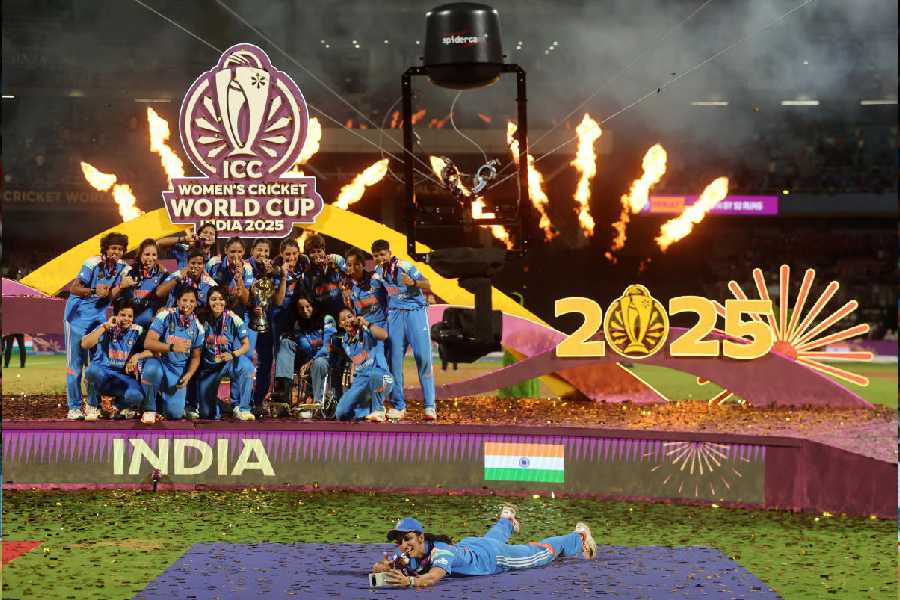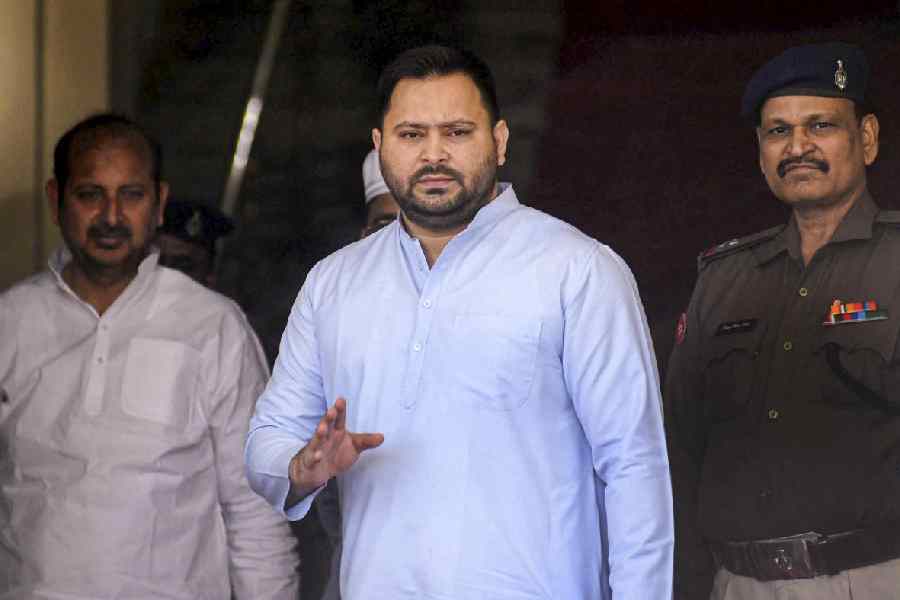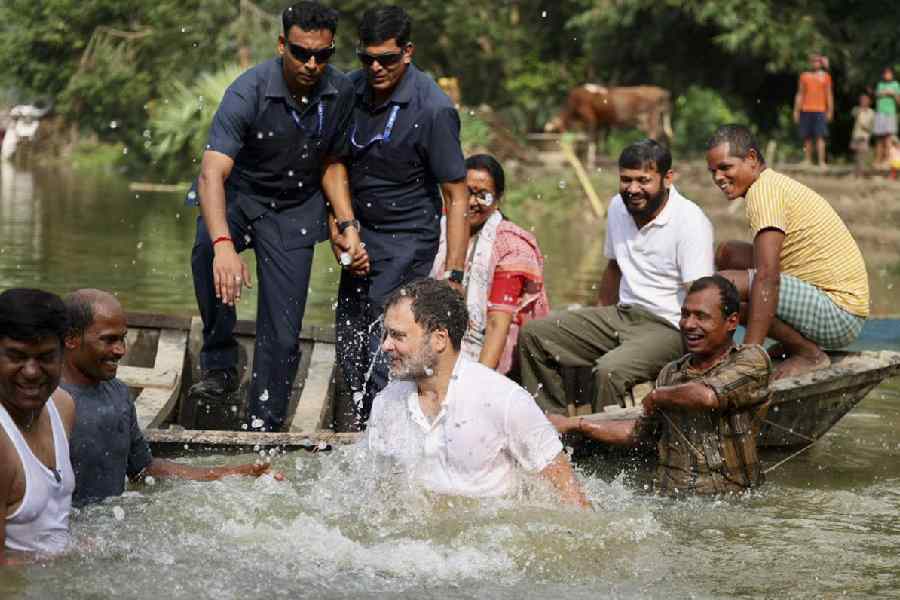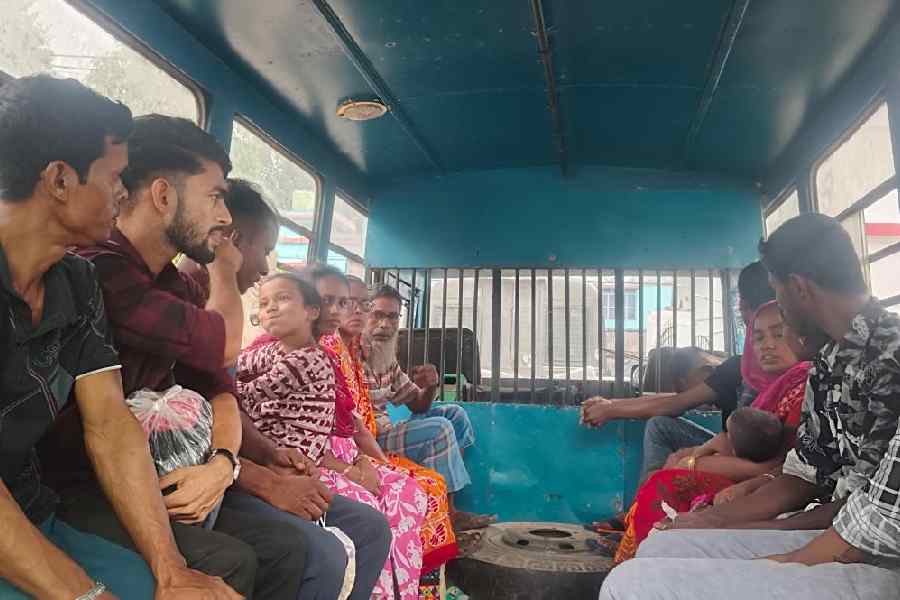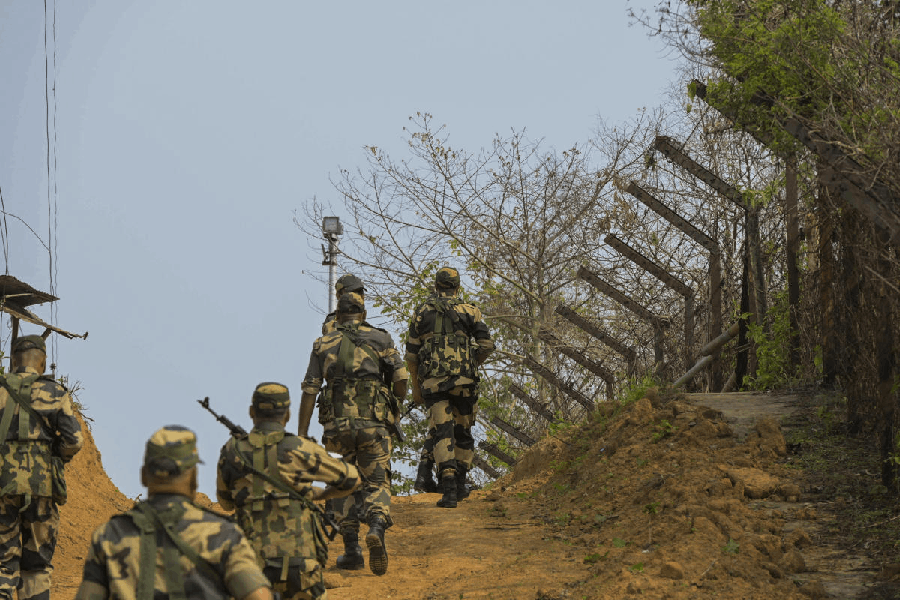 |
| AK Antony |
New Delhi, April 29: No saheb, no servant.
India’s army officers are in for a culture shock and more. A vestige of the colonial army — the sahayak (personal orderly) system — has to be disbanded with defence minister A.K. Antony insisting that more pay and perks will follow if soldiers are treated with dignity.
But the minister and the government are asking the army to take a decision for themselves.
Antony believes the system is an anachronism in these times — much like hand-pulled rickshaws on Calcutta’s streets — when recruits into the army are better educated and, therefore, have a greater sense of self-esteem than their predecessors.
The pressure to disband sahayaks has come from the Sixth Pay Commission. The pay panel asked for sahayaks in the paramilitary forces to be done away with. In the army, the system is at its most rigid, instituted as it was in colonial times. Every officer is assigned a personal servant on commissioning.
In public, Antony has told army commanders at a conference here that he was aware of their grievances over the recommendations of the pay commission. He was willing to push their case “but the officers must ensure equity, fair play and transparency so that the faith of soldiers in the system is reinforced”.
In private, Antony, a frugal minister himself, has been less discreet. He has told senior officers that they need to examine if the sahayak system can be persisted with.
In the British Indian Army, an officer on commissioning was assigned a personal servant, usually a new recruit below officer rank. For 60 years, India’s army has continued the practice. Each officer is “authorised” a sahayak who has to polish his boots, keep his uniform in good order, attend to telephone calls and clean the garden. This is in addition to the sahayak’s normal duties as a soldier.
Although an officer is “authorised” one sahayak — which soldier is to be a sahayak is determined by a roster — senior officers have often used the services of more than one soldier for personal work. There are about 35,000 officers in the Indian Army and there are vacancies for 11,200 more in the cadre. The Indian Army is itself about 12-million strong.
For the paramilitary forces, the pay panel has recommended that an officer found guilty of using a constable as a sahayak should have the orderly’s salary deducted from the superior’s pay.
How far Antony can go is still open to question because the system is institutionalised. “Beyond a point he can only show the direction. The decision is for the army to take,” said a senior defence ministry official.
One of the reasons that has impelled Antony to take the step is a study by the Defence Institute of Psychological Research. The study found that in certain cases, soldiers driven to suicide or fratricide were often on sahayak duty.
Antony noted at the commanders’ conference that the rate of soldier suicides had declined in the last six months.
The air force and the navy do not have personnel below officer rank as sahayaks. But they use civilian recruits for the purpose.


